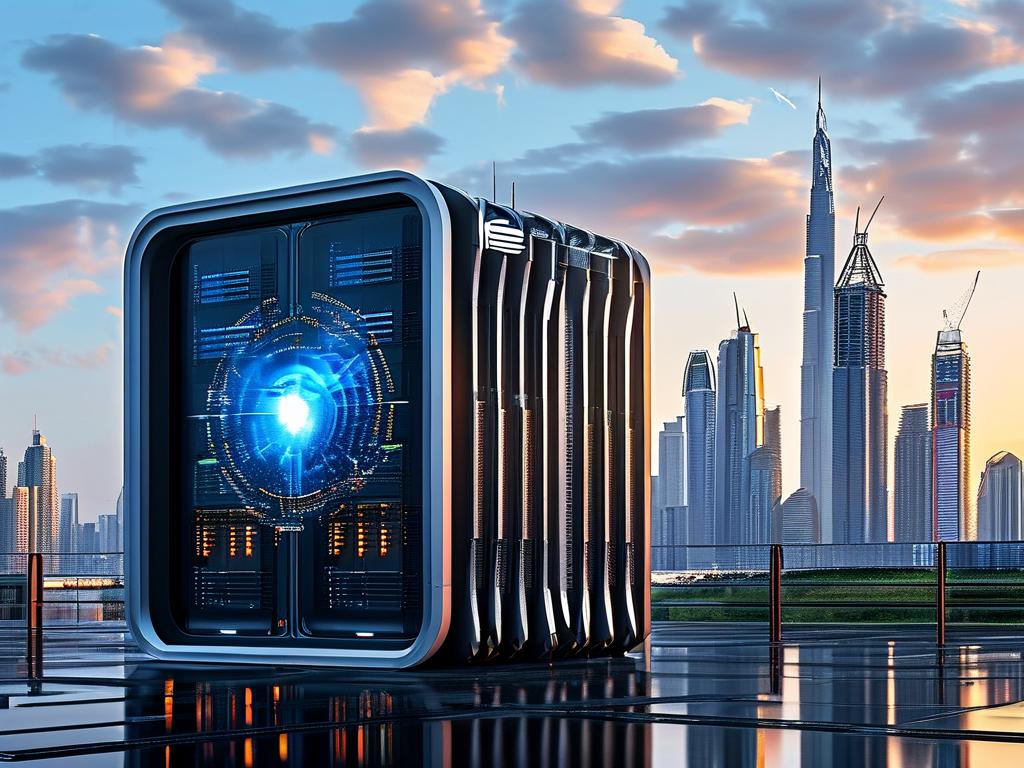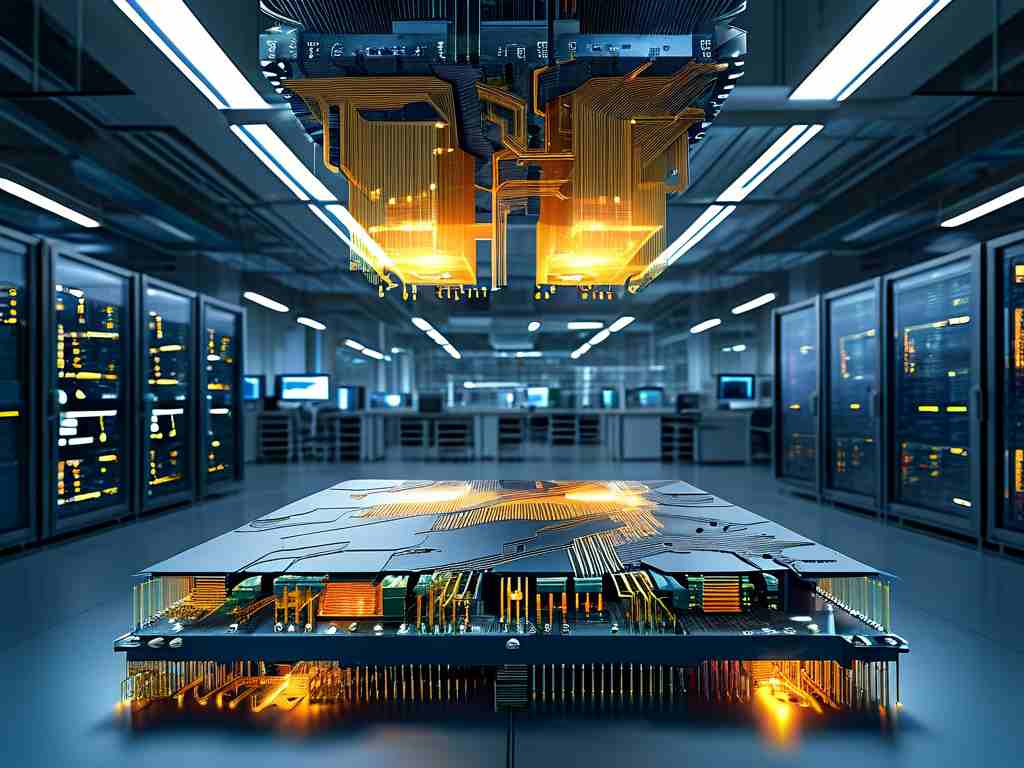In today's rapidly evolving digital landscape, the multi-point distributed architecture has emerged as a cornerstone for building scalable and resilient systems. This approach involves deploying multiple interconnected nodes across diverse geographical locations, enabling seamless data processing and resource sharing without relying on a single central point. Unlike traditional monolithic designs, it harnesses the power of decentralization to handle massive workloads, making it ideal for modern applications like cloud computing and IoT networks. As organizations strive for agility, understanding this architecture becomes crucial for driving innovation and maintaining competitive edges.

At its core, multi-point distributed architecture comprises autonomous nodes that communicate via networks such as TCP/IP or mesh topologies. Each node operates independently yet collaboratively, executing tasks and sharing data to achieve common goals. For instance, in a cloud-based setup, nodes might include servers in data centers worldwide, coordinating to deliver services like content delivery or real-time analytics. This structure enhances fault tolerance—if one node fails, others seamlessly take over, minimizing downtime. Developers often implement this using frameworks like Kubernetes for orchestration, as shown in this simple code snippet for node registration:
// Example: Node registration in a distributed system
function registerNode(nodeId, location) {
cluster.addNode({ id: nodeId, geo: location });
console.log(`Node ${nodeId} added at ${location}`);
}
registerNode("node1", "us-east");The benefits of this architecture are manifold. Scalability stands out prominently, as adding new nodes allows systems to expand effortlessly to accommodate growing user demands. For example, e-commerce platforms use it to handle peak traffic during sales events by distributing load across regions. Additionally, it boosts performance through parallel processing; tasks are divided among nodes, reducing latency and improving response times. Cost efficiency is another advantage, as organizations can leverage cheaper, localized resources instead of investing in expensive centralized infrastructure. Moreover, in sectors like finance, this setup ensures high availability and security, as sensitive operations remain isolated yet integrated.
However, adopting multi-point distributed architecture isn't without challenges. Network latency can introduce delays in data synchronization, especially across long distances, potentially leading to inconsistencies. Techniques like consensus algorithms (e.g., Raft or Paxos) help mitigate this by ensuring all nodes agree on data states. Security risks also escalate with multiple entry points; threats like DDoS attacks or node compromises require robust measures such as encryption and access controls. Furthermore, managing complexity in deployment and maintenance demands skilled teams, as debugging distributed issues can be intricate. Despite these hurdles, advancements in AI-driven monitoring tools are easing these pains by automating fault detection and recovery processes.
Real-world applications highlight the versatility of this architecture. In telecommunications, 5G networks rely on distributed nodes to deliver low-latency services, enabling innovations like autonomous vehicles that process sensor data in real-time. Healthcare systems use it for patient record sharing across hospitals, ensuring continuity of care while complying with privacy regulations. Looking ahead, trends like edge computing are pushing boundaries, with nodes deployed closer to end-users for faster insights. Quantum computing integration could further revolutionize this space, enhancing cryptographic security. As we move towards a hyper-connected era, embracing multi-point distributed architecture will be key to unlocking sustainable growth and resilience.
In , multi-point distributed architecture represents a paradigm shift in system design, offering unparalleled flexibility and robustness. By addressing its challenges through innovation, businesses can harness its full potential to thrive in an increasingly decentralized world.









